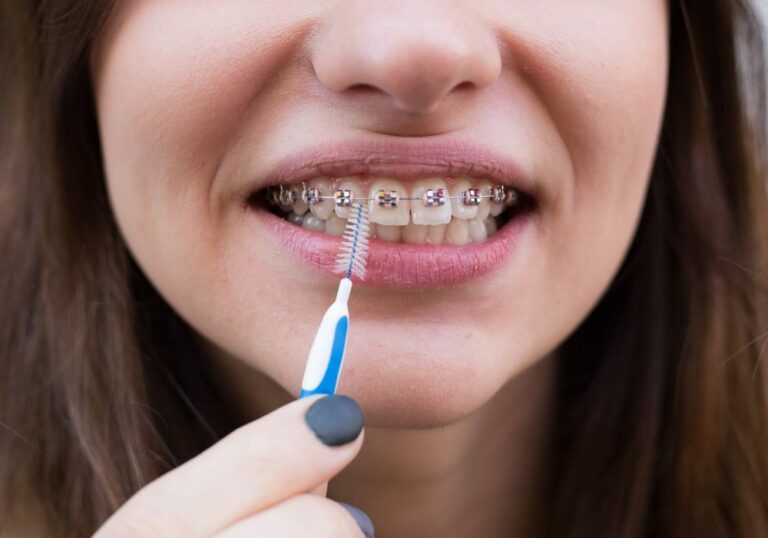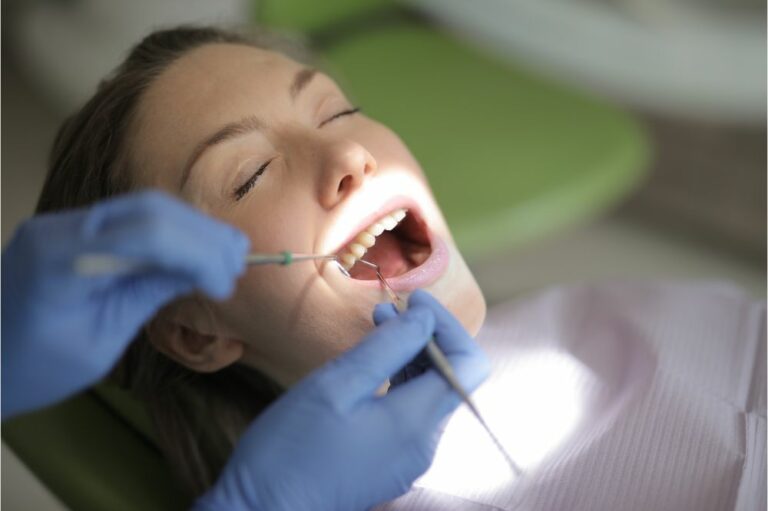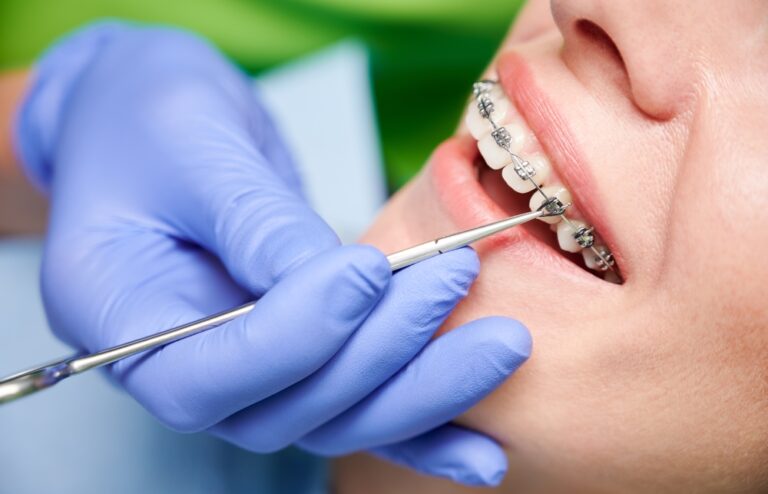Tooth loss is often the end result of advanced periodontal (gum) disease, which damages the bone and connective tissues that support the teeth. As the disease progresses, the supporting bone and gums recede, creating pockets around the teeth that become infected. Eventually, the teeth loosen and require extraction.
One of the major characteristics of periodontitis is loss of the alveolar bone around the tooth roots. But can this bone loss ever be recovered or regenerated? Below we’ll take an in-depth look at the causes of bone loss, whether the damage can be reversed, and an overview of treatments aimed at bone regeneration.
Causes of Bone Loss
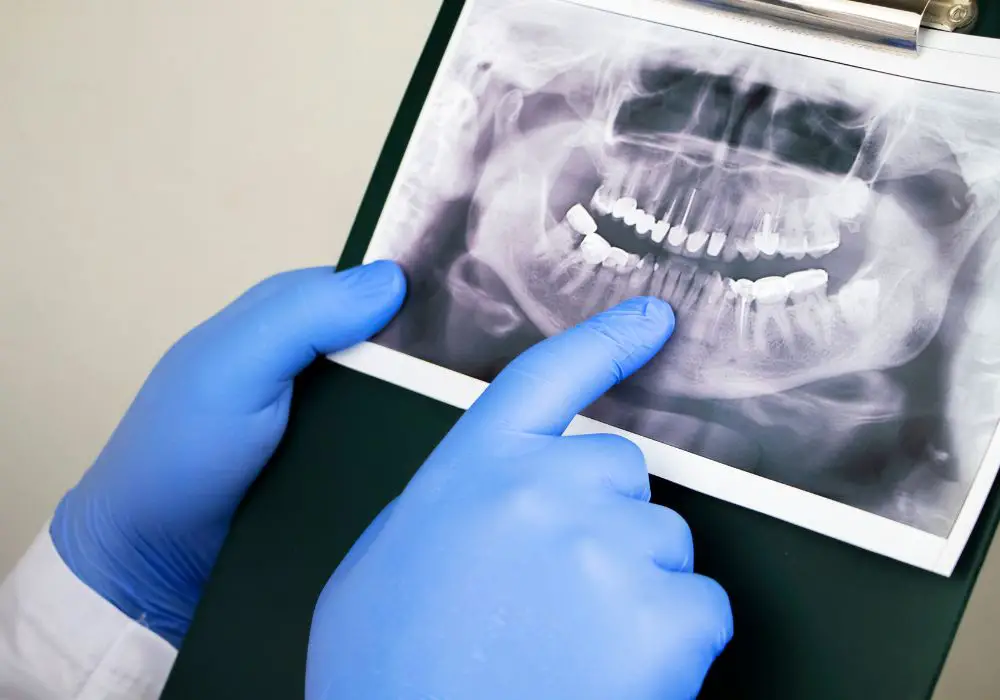
Bone loss occurs in periodontal disease due to the inflammatory response triggered by a bacterial infection. Let’s look closer at the mechanisms that cause bone destruction:
- Bacterial plaque – The primary cause of periodontitis is bacterial plaque, a sticky, colorless film of bacteria that constantly forms on teeth. The main bacteria responsible for periodontal disease are gram-negative anaerobic bacteria, such as Porphyromonas gingivalis and Bacteroides forsythus.
- Bacterial toxins – The bacteria in plaque biofilm colonies release various toxic enzymes and metabolites. These include proteases, which break down proteins, lipases which digest lipids, and endotoxins such as lipopolysaccharide (LPS).
- Host immune response – The bacterial toxins trigger chronic inflammation and activate the body’s immune response. Immune cells release inflammatory cytokines, prostaglandins, and matrix metalloproteinases.
- Bone resorption – Under the influence of inflammatory mediators, osteoclasts (cells that break down bone) are activated. More osteoclasts are recruited to the area and bone resorption accelerates, causing bone loss around the tooth.
- Impaired bone formation – Inflammatory cytokines also reduce osteoblast (bone forming cell) numbers and activity. With decreased bone formation, the balance shifts leading to net bone loss.
In summary, the host immune response to a chronic bacterial infection leads to increased osteoclastic bone resorption coupled with impaired osteoblastic bone formation, together resulting in progressive loss of the supporting alveolar bone around teeth.
Can Bone Loss be Reversed?

Unfortunately, most of the bone destroyed by periodontitis cannot directly regenerate or reform around teeth. The periodontal ligament fibers that connect the tooth to the bone are degraded in disease. Without this orderly structural framework, true periodontal regeneration is difficult.
However, there are emerging treatment approaches that may encourage new bone growth through grafting and growth factors. And controlling disease can create an environment conducive to some bone fill and repair.
Potential for partial bone regeneration
Bone grafting: Bone grafts provide a matrix to guide bone growth. Grafts using natural bone, synthetic bone substitutes, or alloplastic materials may encourage partial bone regeneration.
Growth factors: Platelet-rich plasma or bone morphogenetic proteins applied to periodontal defects may stimulate active bone formation. This shows promise for restoring some of the bone loss.
Anti-resorptives: Medications like bisphosphonates slow the activity of osteoclasts to reduce bone breakdown, shifting the balance toward bone formation.
While complete regeneration of a periodontal ligament and original alveolar bone height remains elusive, techniques such as grafts, growth factors, and anti-resorptives may regenerate some bone mass and improve bone fill in defects.
Halting disease controls further bone loss
Since true periodontal regeneration is limited, the primary goal is halting disease progression. This helps avoid additional bone loss and creates an environment where some bone fill can occur:
- Professional deep cleanings reduce bacterial plaque, which decreases inflammation and stops further destruction.
- Antibiotics may be used short-term to eliminate active gum infection and reduce bacteria.
- Anti-inflammatory medication is often prescribed to manage inflammation.
- Quitting smoking improves outcomes, as smoking increases tissue destruction and impairs healing.
With infection and inflammation controlled, the bone rebuilding process has a chance to catch up and fill bony defects to some degree.
Treatment Options for Bone Loss
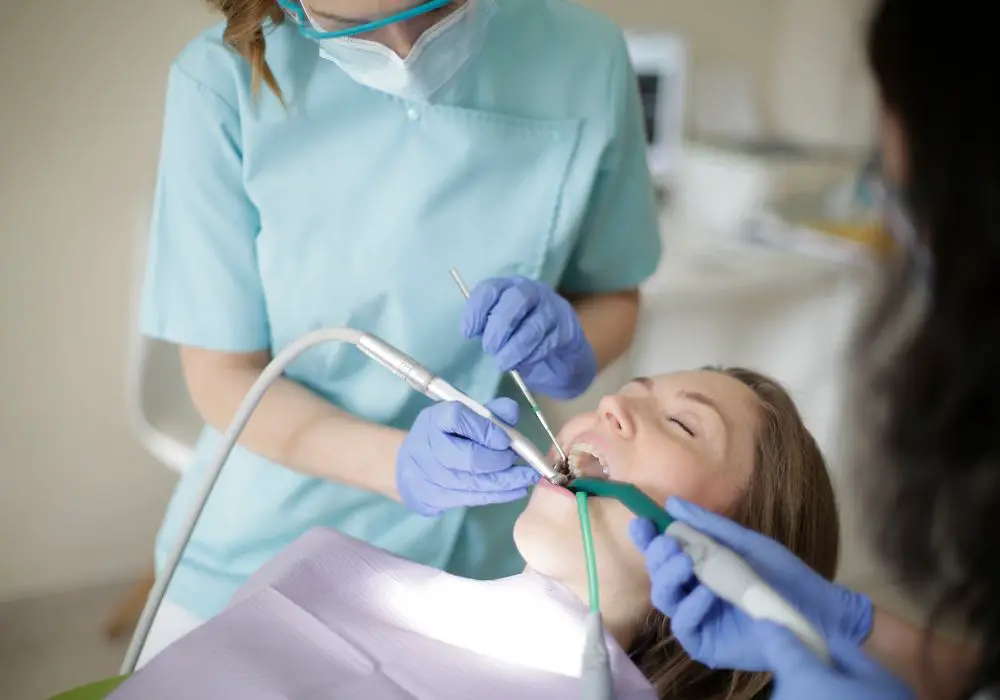
Here is an overview of current treatment approaches used to try to restore lost bone around teeth or limit additional bone loss:
Professional Cleaning – Scaling and root planing is done to physically remove calculus deposits above and below the gumline. This reduces bacterial plaque and inflammation.
Antibiotics – Antibiotics may be prescribed short-term along with scaling and root planing to eliminate active infection. This helps immediately reduce inflammation and infection-driven bone loss.
Anti-inflammatory Drugs – Non-steroidal anti-inflammatory drugs (NSAIDs) like ibuprofen may be recommended to manage inflammation after deep cleanings. Controlling inflammation is key to stabilizing further bone loss.
Bone Grafts – Bone grafts using natural bone, synthetic bone, or alloplasts provide scaffolding to guide bone growth into periodontal defects left by bone loss. This has shown some success regenerating lost bone.
Tissue Grafts – Soft tissue grafts can reduce recession and protect underlying bone. Restoring gingival tissue also improves wound healing and bone fill.
Growth Factors – Applying platelet-rich plasma or growth factors to the affected area may stimulate active bone regeneration. More research is underway on optimizing their use.
Osteoporosis Drugs – Anti-resorptive medications like Fosamax reduce osteoclast activity to slow bone breakdown, enabling bone rebuilding. These may be used short-term for periodontitis cases.
Surgical Options – In some instances, surgical procedures like bone reshaping, bone grafts, or guided tissue regeneration using barrier membranes may be utilized. Success varies depending on the amount of bone loss.
The combination of treatment approaches is tailored to each patient based on the severity of bone loss and how much regeneration is possible. The goal is to reduce infection and inflammation and encourage bone fill where feasible.
Key Takeaways
- Bone loss caused by periodontal disease is generally permanent around teeth and cannot directly regenerate. However, treatments may help regenerate some bone.
- Controlling disease through professional cleanings and ongoing home care is critical to halt the progression of bone loss and allow healing.
- Emerging regeneration techniques aim to restore bone volume, including grafts, growth factors, and osteoporosis medications. More research is underway.
- While complete regeneration of lost bone is difficult to achieve, today’s therapies can go a long way toward maintaining and improving bone levels by creating an environment for healing.
- Stopping disease activity before substantial bone loss occurs is the key to maintaining the bone support for teeth.
Although full reversal of severe bone destruction is often impossible, new techniques combined with disease control offer hope for improved bone fill and regeneration around teeth damaged by periodontitis.
Frequently Asked Questions
Q: What is the main cause of bone loss in gum disease?
A: The inflammatory reaction triggered by plaque bacteria releases compounds that increase bone breakdown by osteoclasts and reduce bone building by osteoblasts.
Q: Can lost bone grow back around teeth?
A: Most bone lost to periodontitis cannot directly regenerate. But some regrowth may be possible through grafts, growth factors, and medications that encourage healing.
Q: What treatments help restore bone loss?
A: Treatment options include grafting, growth factors, anti-resorptive medications, gum tissue grafts, guided tissue regeneration with barrier membranes, and proper disease control.
Q: What happens if bone loss is left untreated?
A: Untreated bone loss will progress, eventually leading to tooth loss when support is severely compromised. Stopping disease is critical.
Q: How can I prevent further bone loss?
A: Excellent oral hygiene, regular dental cleanings and checkups, quitting smoking, and addressing health conditions like diabetes can help prevent more bone loss.


